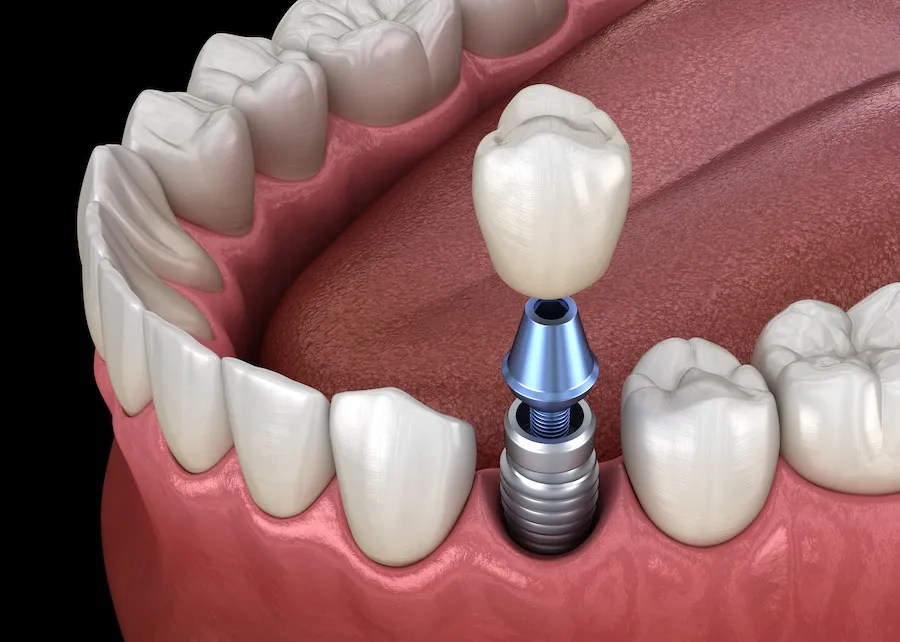What Causes Ingrown Toenails and Nail Fungus and How Are They Treated?
Ingrown toenails and nail fungus are two prevalent foot conditions that can lead to pain and functional limitations if not addressed. While both conditions originate from different causes, they have similar treatment methods that focus on prevention and management. Here are the possible causes of ingrown toenails and nail fungus and treatments that foot and ankle institute experts may recommend:
Causes of Ingrown Toenails
Ingrown toenails are a condition where the corner or side of the toenail cuts into the flesh. The outcome is pain, inflammation, redness, and, in some cases, an infection. Here are some causes of ingrown toenails:
Improper Nail Care
One cause of ingrown toenails is improper trimming of the toenails. If an individual trims the nails too short, the nail may grow inwards toward the skin instead of outwards. This may cause inflammation, swelling, and pus if not treated early enough. To prevent this, toenails should be cut straight across using clean clippers. Leaving a small margin at the tip can help avoid having the nails pressing into the skin.
Ill-fitting Footwear
Wearing shoes that are too tight can squeeze the toes, leading to the nails growing abnormally. High heels and improper shoes also contribute to this pressure, as the nails are forced into the skin, leading to the development of ingrown toenails. Some factors that increase the risk include wearing shoes that limit foot movement or standing for long hours. Preventive measures include wearing shoes that fit well and have enough space for the toes. Choose shoes with a wider toe area and materials that allow for proper air circulation to reduce the likelihood of this problem.
Physical Trauma
Ingrown toenails may also result from an injury like stubbing your toe or dropping a heavy object on the foot. Trauma can alter the growth pattern of the nail and make it penetrate deeper into the skin. In physically active individuals such as athletes or workers whose feet are exposed to pressure, proper footwear can help minimize trauma-related ingrown toenails.
Treatments for Ingrown Toenails
For mild cases, try soaking your foot in warm water mixed with Epsom salts to reduce swelling and soften the nail. After soaking, use a piece of cotton or dental floss to lift the nail and help it grow in the correct position. Antibiotic creams are also effective in preventing infections during this process. Wear open-toed or wide-toe shoes during the recovery period to avoid putting pressure on the affected region.
For chronic ingrown toenails or severe cases, seek medical attention from a professional. Foot and ankle institute professionals may trim the part of the nail that is growing inward while leaving the rest of the nail intact. This helps relieve pain and avoid worsening the condition. In chronic cases, partial or complete nail removal may be performed to prevent further regrowth.
Causes of Nail Fungus
Nail fungus starts as a small, painless, white or yellow-brown discoloration at the tip of the finger or toe. In the advanced stages, the fungus grows deeper into the nail and may cause the nail to change color and become thick and brittle at the tip. Here are some of the possible causes of nail fungus:
Fungal Infections
Nail fungus occurs when fungi invade the nail bed. These organisms grow in warm and moist conditions, such as showers, swimming pools, and locker rooms. When exposed to such environments, coupled with poor foot hygiene, infection occurs. Measures to prevent it include wearing flip-flops in showering areas, confirming that feet are dry, and changing socks frequently. Prioritize personal hygiene and avoid sharing items such as nail clippers or towels.
Poor Nail Care
Failure to maintain clean nails gives the fungi a conducive environment to thrive. Nails that are dirty or not trimmed properly can have fungi. Another factor that contributes to the spread of infection is the use of non-sterile tools during the pedicures. To reduce risks, maintain clean and short nails, and nail equipment should be disinfected before use.
Treatments for Nail Fungus
Mild fungal infections can be managed with topical antifungal agents such as creams, ointments, or medicated nail lacquers. These products are directly applied to the affected area to combat the fungi and encourage new, healthy growth. In more serious or chronic instances of nail fungus, oral antifungal medications may be necessary. In severe cases, the doctor may advise that the nail be removed surgically to clear the infection fully.
Consult With Foot and Ankle Institute Professionals
Ingrown toenails and nail fungus are prevalent yet treatable foot ailments. Professional treatment for nail issues ranges from simple home treatments to complex medical interventions. These conditions require preventive measures, personal hygiene, and timely treatment to avoid complications. Seek medical attention for the long-term health of your feet.











Post Comment